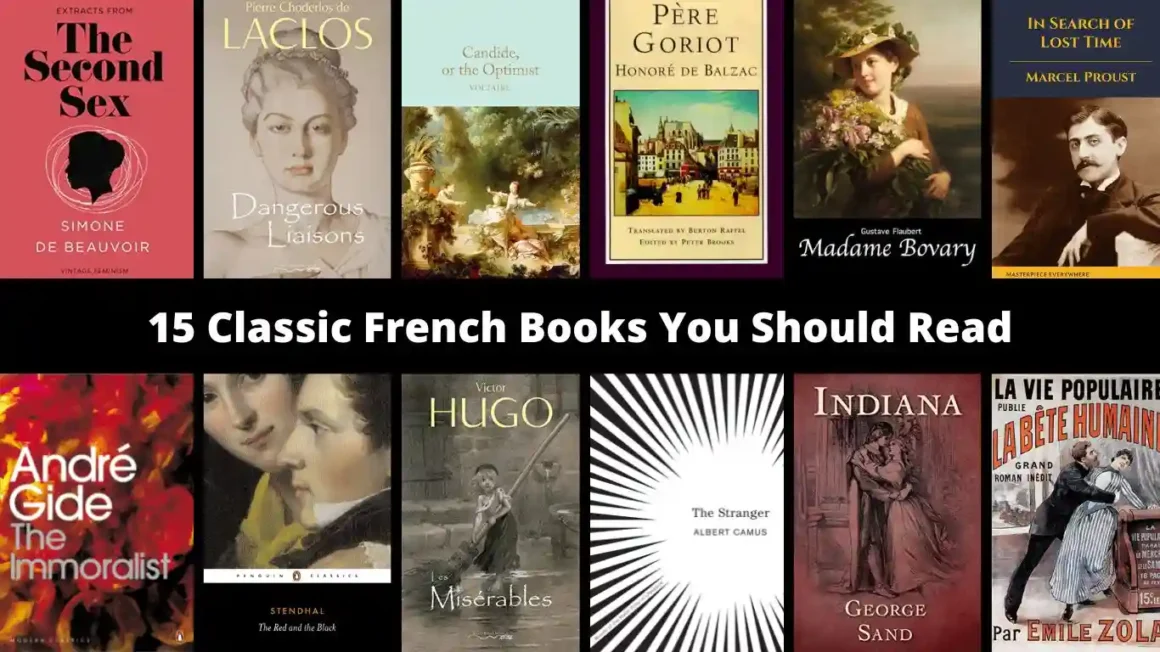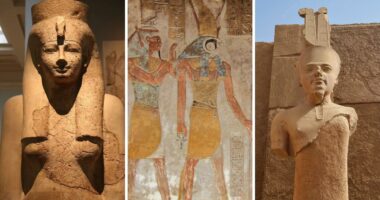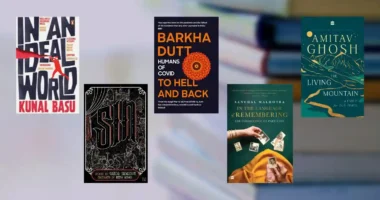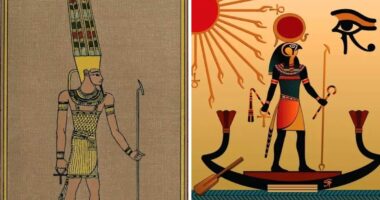French literature has contributed to European culture immensely. From Voltaire to Victor Huge and Beauvoir to Camus, there are several French writers the literary world is blessed with. In this list, we have 15 Classic French Books You Should Read. These books will take you on a trip to the lanes of French culture and history. This list of books will elevate your love for the language and history. Keep reading!
15 Classic French Books You Should Read
The Second Sex by Simone de Beauvoir

The Second Sex is addressed as the Bible of Western feminism. This book travels from Ancient Greece to the twentieth century. It explores the position of women in history, in-home, in books, and more. Some aspects of this book are abstract and others are created out of Beauvoir’s research into science and the female body. The road is long and we have to go far away, the relevance of this book to date justifies that.
Dangerous Liaisons by Pierre Choderlos de Laclos

Dangerous Liaisons is all about depravity and decadence amongst the French aristocracy. The tale is set a few years before the French Revolution. It is concerned with playing games and seduction to subside their monotony. The two main characters of the story are ex-lovers. They choose innocent targets and challenge each other to seduce them. It started as a fun game but ends with a severe and unpredictable consequence.
Candide, or the Optimist by Voltaire

On the surface level, this picaresque novel is about adventure, discovery, and romance but profoundly, it deals with grave comments on French society during the eighteenth century. Voltaire through his main character, a traveler distinguished between two worlds and allow for innocent questioning regarding unfamiliar ideas.
Père Goriot by Honoré de Balzac

This book weaves together three distinct tales. It includes Eugene de Rastignac, a young man who is beginning life and learning to make out an existence in Parisian society. Then there is a forty-year-old criminal named Vautrin. Finally, Père Goriot who is a dying old man in poverty unloved and unaided by his two daughters to whom he has bestowed everything. Balzac exhibits a bleak picture of French society through this depressing tale.
Madame Bovary by Gustave Flaubert

Madame Bovary is a woman who is always seeking more. She has read several French romance novels and created a vision of her supposed ideal marital life. Emma Bovary is incessantly striving for grand romantic gestures, a higher social status, beautiful things, and more. She believes her marriage to Charles will offer her all of this but life is not as merry as she wants it to be. There is a fine blend of romanticism and realism in this book. This can be a fascinating read for readers who are often meticulous about classic and historical themes and genres.
In Search of Lost Time by Marcel Proust
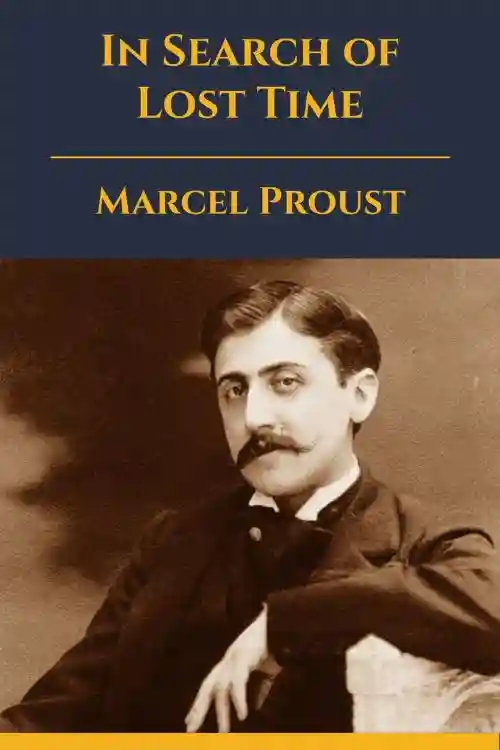
In Search of Lost Time is the story of the writer’s life as it prefaces with a narrator biting into a madeleine and being reminded of his blissful upbringing. The story progresses through several different volumes including varied themes of romance, decadence, war, human folly, and most importantly the hunt for truth in a fleeting time.
The Red and the Black by Stendhal
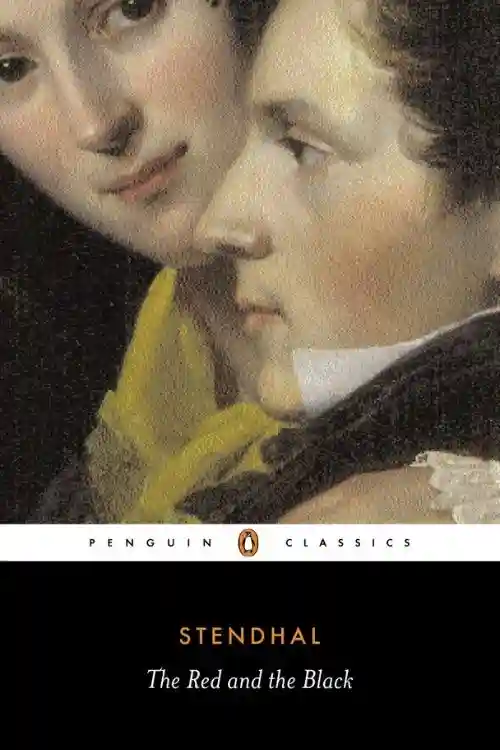
The Red and Back deals with the life of a young man named Julien Sorel. He wants to elevate above his upbringing. Julien has huge aspirations and realizes the sole way to rise in social ranks is to accept the hypocrisy predominant among the materialistic upper-class aristocrats. He ends up as a pawn of the high-ranking men around him. Due to this satirical approach toward French society, this book is addressed as a novel ahead of its time.
The Immoralist by Andre Gide

This is a story of a man who has everything, a career, a wife, and a child. He is involved in a complex network of overlapping responsibilities and relations. The hypocritical life stifled him and he abandons everything in pursuit of an authentic homosexual self. Gide used the first-person narrator to shift the mind of the readers from the author’s life. This book was essential during the early stages of the twentieth century when exploring and talking about homosexuality was considered taboo.
L’Amant by Marguerite Duras

L’amant or The Lover is Marguerite Duras’ most popular work. The book is autobiographical and is set in French colonial Vietnam. It is written from the point of view of an anonymous 15-year-old girl who gets caught up with a much older Chinese businessman. If you are aware of Vladimir Nabokov’s Lolita you would realize why this book is referred to as the Anti-Lolita. The main character is the daughter of a single mother who is in love with her status and money. She uses the relationship between her daughter and this businessman to her advantage.
Les Misérables by Victor Hugo
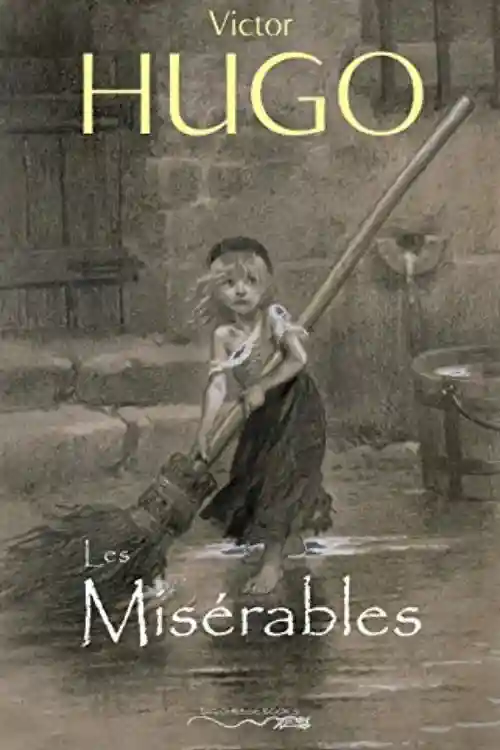
One cannot list French classics and go on without mentioning Victor Hugo. The main character of the book Jean Valjean is out from prison after nineteen years. He was imprisoned for stealing bread. Jean breaks parole and reinvents himself as a flourishing factory owner and mayor. A prison officer named Javert relentless pursues him. It brings to the light the shattered French judicial and political systems during the nineteenth century – the perennial conflict between the good and evil.
Indiana by George Sand
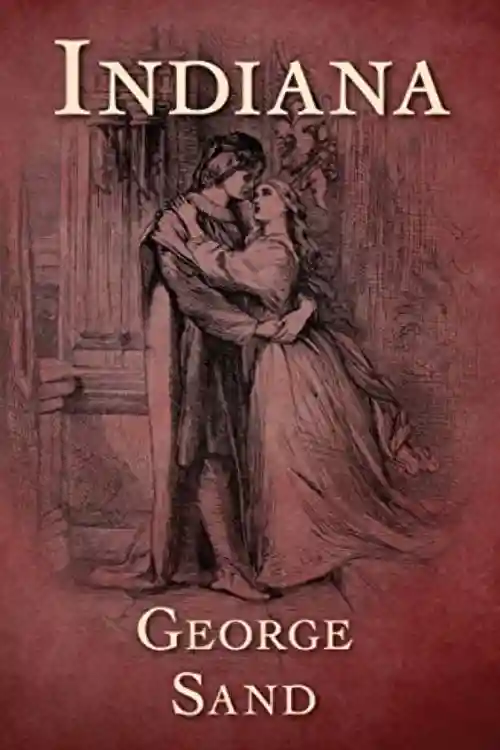
Indiana deals with several typical themes of nineteenth-century works: adultery, longing for romance, class, the French empire, critique of social norms, and more. The primary factor of this novel is that it is written from a female perspective which was not acknowledged or heard during that time. Although her work is characterized by idealism, she was also a romantic, political, realist, and feminist writer.
The Stranger by Albert Camus

Camus is one of the most popular French writers and if we talk about philosophy and today’s world we can’t help but mention him. This philosophical tale deals with a man whose banal life got dislocated due to his mother’s demise. The main character is not affected by her demise and he does not even shed a tear. Camus utilized this character to criticize the society that ostracises and judges people who are unconventional or “do not play the game”.
La Bête Humaine by Émile Zola
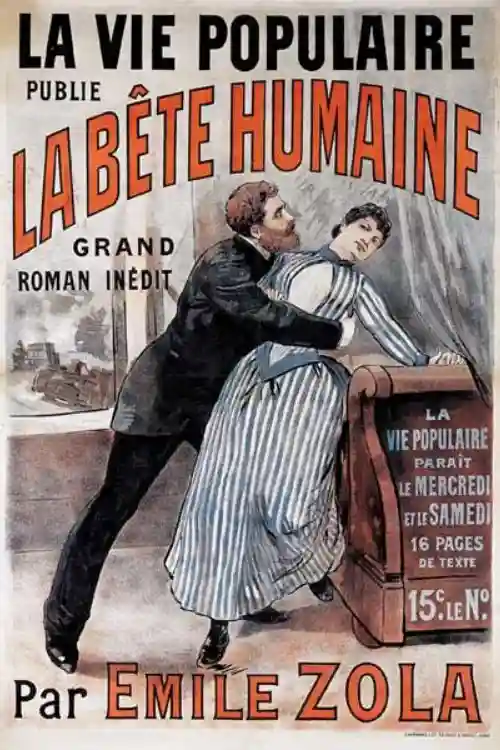
The Beast Within is set during the nineteenth century alike several other novels. However, Zola’s style and approach made this psychological thriller an exception. It follows Lantier, the human beast, who has inherited madness. The novel is complex and dark. Lantier only feels aroused while thinking about murdering women and this long-held compulsion to murder manifests during a train journey from Paris to Le Havre.
Les Fleurs du Mal by Charles Baudelaire

The Flower of Evil is a compilation of poems regarding he changes Paris underwent because of the industrialisation during the nineteenth century. This collection is arranged very craftily in threefold: The engagement towards a longed-for ecstasy; the anguish of collapse to find perfection; and eventually the affirmation of the bitter, restricted but intense worth that stays.
The Misanthrope by Molière
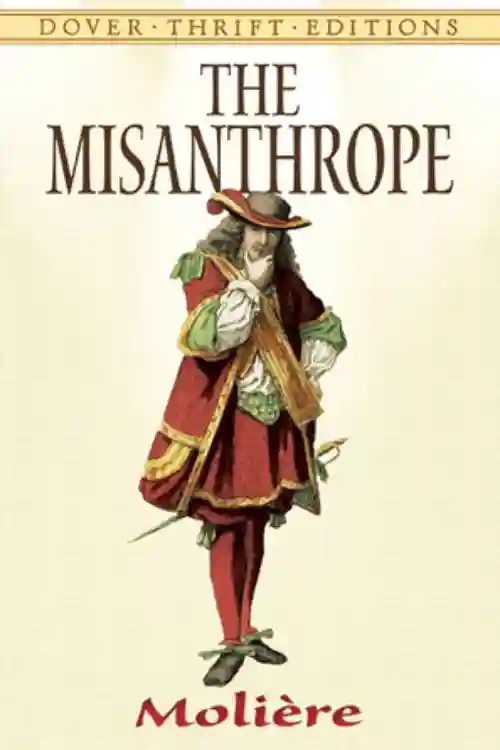
Molière is referred to as French Shakespeare. His satirical works are so astute that some of his works got banned. The Misanthrope makes fun of the flaws he humankind. It is written surrounding the French aristocracy and Alceste is a misanthrope who evades human society. He refuses to conform to the social convention. Molière not only condemns the issues abundant in society during that time, but he also criticizes his main character as well.
Also Read: 10 Most Prominent Egyptian Gods and Goddesses
